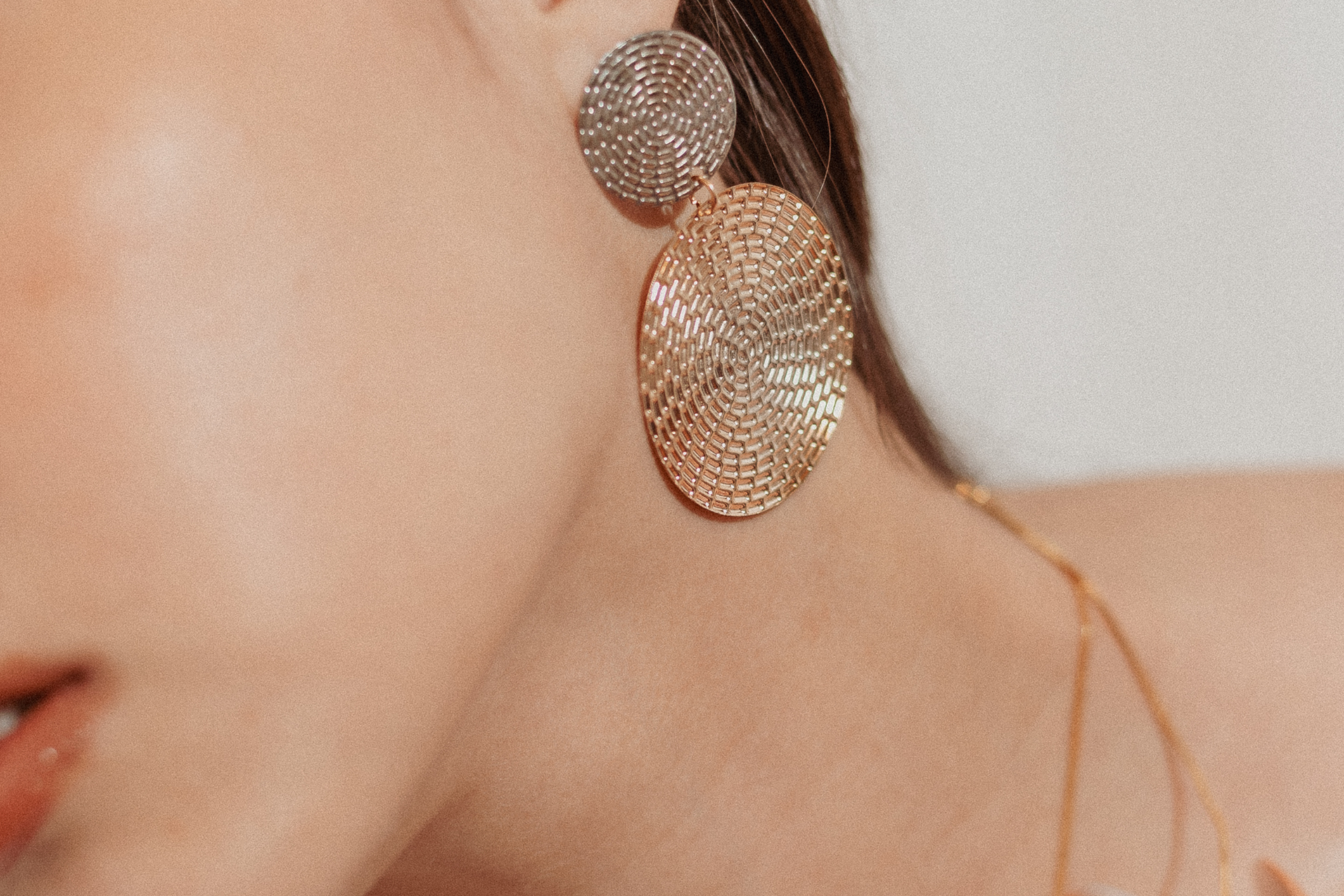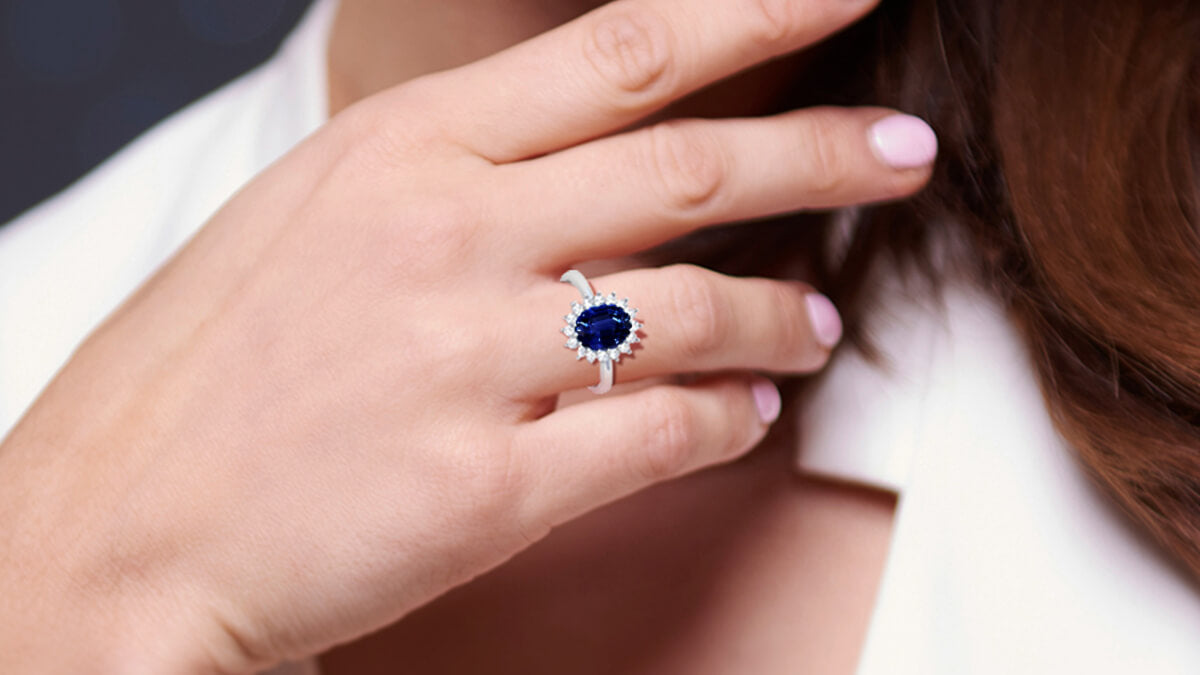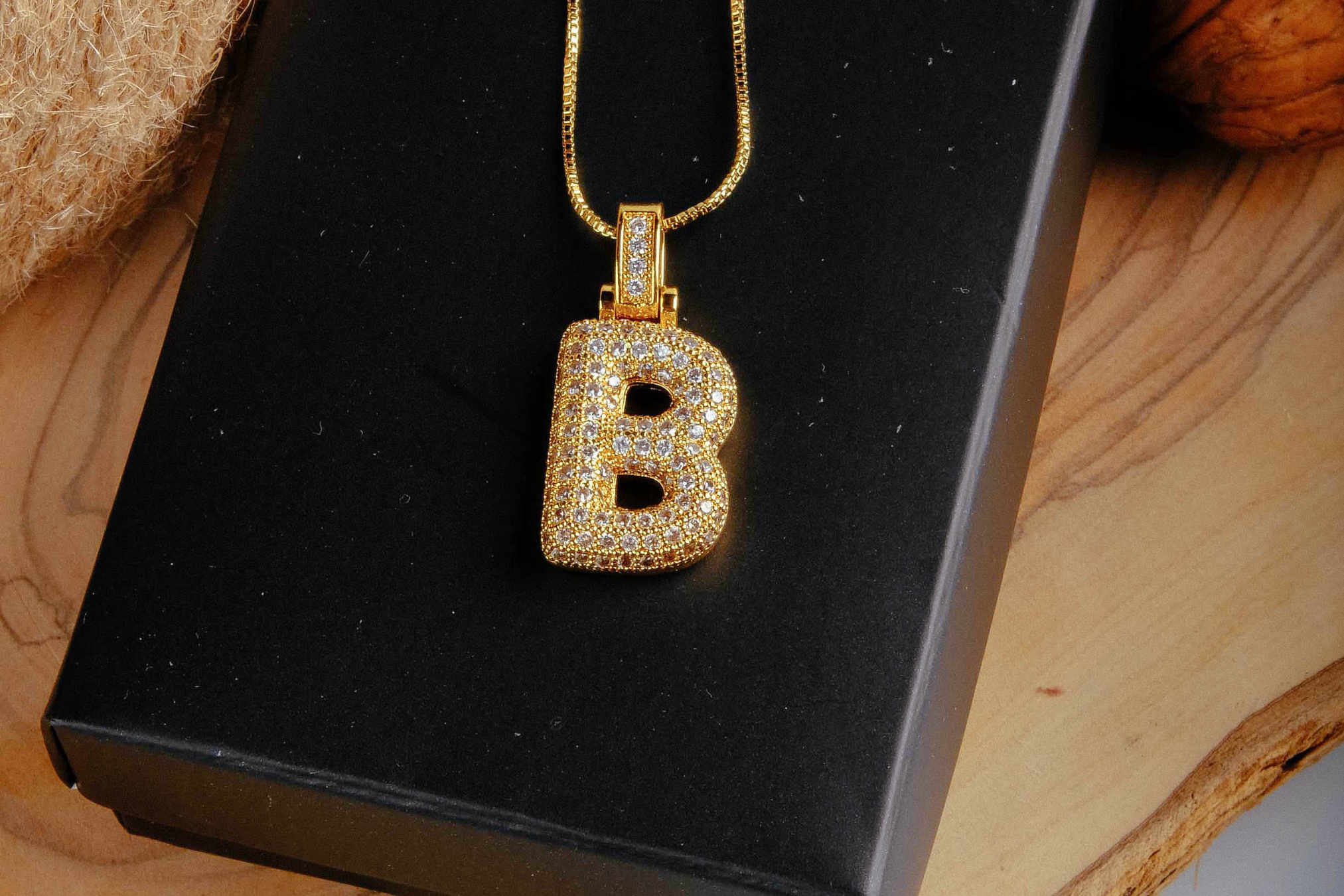
The history of jewelry
Background
It would appear that everyone between the ages of 8 and 18 is familiar with the stories of Harry Potter and the Philosopher's Stone and Frodo the hobbit's journey through Center Earth in The Lord of the Rings. Since before history was written, gemstones and other ornaments have been a part of human culture.
Everything began when man first set foot on Earth. It goes without saying that the jewelry they wore in the past wasn't made in the same way it is now. Colored pebbles, bones, feathers, and shells were used as jewelry by the ancients. These concealed stones were gems and jewels have been regarded for their greatness and strength and made into improvements.
People didn't know much about precious stones until they learned how to cut them to show their beauty, which started in Europe around 1300. In the beginning, many of the kinds of jewelry that are still made today were useful items. Pins and brooches are based on the clasps that held clothing together. Early seals and signs of authority, rank, and distinction were worn on rings and pendants.
Close to quite a while back, gems was found interestingly. This straightforward necklace made of fish bones was found in a Monaco cave. What did this adornment represent? Was it for the top of the town or a witch subject matter expert? It's conceivable that a princess wore it as a prize for having a kid with her significant other. We can use our imagination to try to understand the mindset of the time, even though we may never know the real reason behind the gift.
Introduction
Early societies wore jewelry-based amulets to ward off illness and bad luck. In the stories of Frodo's process through Center Earth, the elfin princess' silver vest safeguarded him from hurt. Indeed, even nowadays, we keep on finding out about the stories and experiences of individuals who, somehow or another, pulled in karma and fortune through adornments and gemstones. Gems are fashioned into images of these fantasies and worn to grant the wearer control over abundance, love, and fruitfulness. Due to its mystical properties, adornments was worn.
In following the way or headway of diamonds from the obsolete universes of Africa to the Mediterranean then Europe finally the US, we can see how embellishments created long term and is found in pearls stores today.
Iran and the Mediterranean
From approximately 3,000 to 400 B.C., civic establishments in the Mediterranean and what is now Iran can be traced back to the earliest hints of gems. Ordinarily, these were basic stone seals and ornaments. Stars, botanical plans, and profound implications were highlighted on a great deal of these ornaments and seals.
Adornments were used to decorate sculptures and are presented to deities. We were shown the best group, everything being equal, in the ancient Sumner burial chambers, which date back to 3000 BC. There, they found mummies canvassed in hoods, accessories, hoops, rings, crowns, and pins of each and every sort.
The Egyptians
The next group is the ancient Egyptians; They additionally conveyed charms and talismans. The scarab from Mummy films is natural to everybody; The carving shows a small beetle. The ankh, or picture of life, was another common theme. The various kinds of dots in various tones are a well-known gemstone feature that is, in any case, regaining popularity. Different assortments of hued gemstones were utilized to make arm bands for the Egyptians. These names are probable recognizable to you since they are as yet utilized regularly today; carnelian, turquoise, green feldspar.
Bahrain
Bahrain is a small island off the coast of Saudi Arabia in the Persian Gulf. This was a small island devoid of wealth or aristocracy. however, a commoner's island with 170,000 graves. Probably the most seasoned date has returned to 300 BC, while others are almost 4,000 years of age. These were normal people who were actually happy in their lives. Archeologists have raced to Bahrain endeavoring to find how these people lived. Lances, bronze hatchet heads, and, surprisingly, a 4,000-year-old pot from old Oman were among the things they found. Yet, what they truly found was the most seasoned stud at any point found, a pearl and gold piece from a long time back.
The Greeks
The Greeks were useful creators and they often examined embellishments and its impact on their daily existences. Greek ornaments were diverse, rich, and reflected the public's prosperity as early as 1200 BC. The Greeks initially looked to Eastern Motifs for inspiration, but as their faith in the gods and symbols increased, so did their own style.
Crowns, hoop earrings, wristbands, rings, clasps, neckbands, and pins were common Greek ornaments. Greek women sometimes wore necklaces with at least 75 miniature vases hanging from them. Both the Etruscan use of gold and the Eastern preference for gemstones were present in their jewelry. The Etruscans invented granulation, a method for making tiny gold beads.
The Romans
By the Roman period most diamond stones that we use today had previously been found. Gemstones were treated with respect, and myth and magic were the norm. They likewise had a subsequent reason; the Roman ladies would were clips that were sufficiently long to be utilized with good reason! The cameo had also been treasured by the Romans for its beauty. Arm bands for the wrist and upper arms as well as accessories became famous, as did adornments produced using gold coins.
The Byzantine Empire
The Byzantines had the most extravagant gem-related practice of any domain. The Byzantines inherited this status after Emperor Constantine moved the capital to Constantinople in 330 AD. Greece, Egypt, the Near East, a portion of Russia, and North Africa were all represented in this domain, as were their significance and extravagantness. Rich tones and oriental imagery were utilized because of the mixture's impact, which went on into the medieval times.
Through profession, marriage, and war, their plans spread west into Europe. During the Byzantine period, the art of cloisonné plating flourished. In this technique, glass glaze is poured, set into pre-welded examples or cells, and then terminated at a high temperature to soften the frosting into a long-lasting plan.
The Crusades
The Campaigns introduced another period of business and correspondence, denoting the principal authentic exchange between the West and the East a few centuries. It introduced novel ideas and products to Europeans. From the 12th century to the 15th, peasants rarely wore jewelry, with the exception of the occasional brooch or hatpin.
Conclusion
King Louis XIV of France was a hero because his court was the best in the country. More huge jewels than at some other time in history were imported from India during his rule (1642-1715). Have you ever seen the Hope Diamond, which is blue? It is believed to have been purchased from Jean-Baptiste Tavernier with the intention of being set in a necklace by the Royal Jewelers Le Grand. Rather than being taken, this jewelry was expected to be given to his grandson as a wedding present for Marie Antiquette.
The seventeenth century was the era of baroque design. It's possible that the word "baroque" comes from the Portuguese word baroca, which means a distorted pearl.) Precious stones assumed control over the adornments business after variety gemstones lost prominence.
Visit Charlie & Co. Jewelery at https://charlieandcojewelry.com/ to peruse a vast selection of magnificent jeweler items that encapsulate the essence of both tradition and modernity. They provide a variety that appeal to the wide range of tastes of jewelery fans thanks to their great craftsmanship and distinctive designs.


